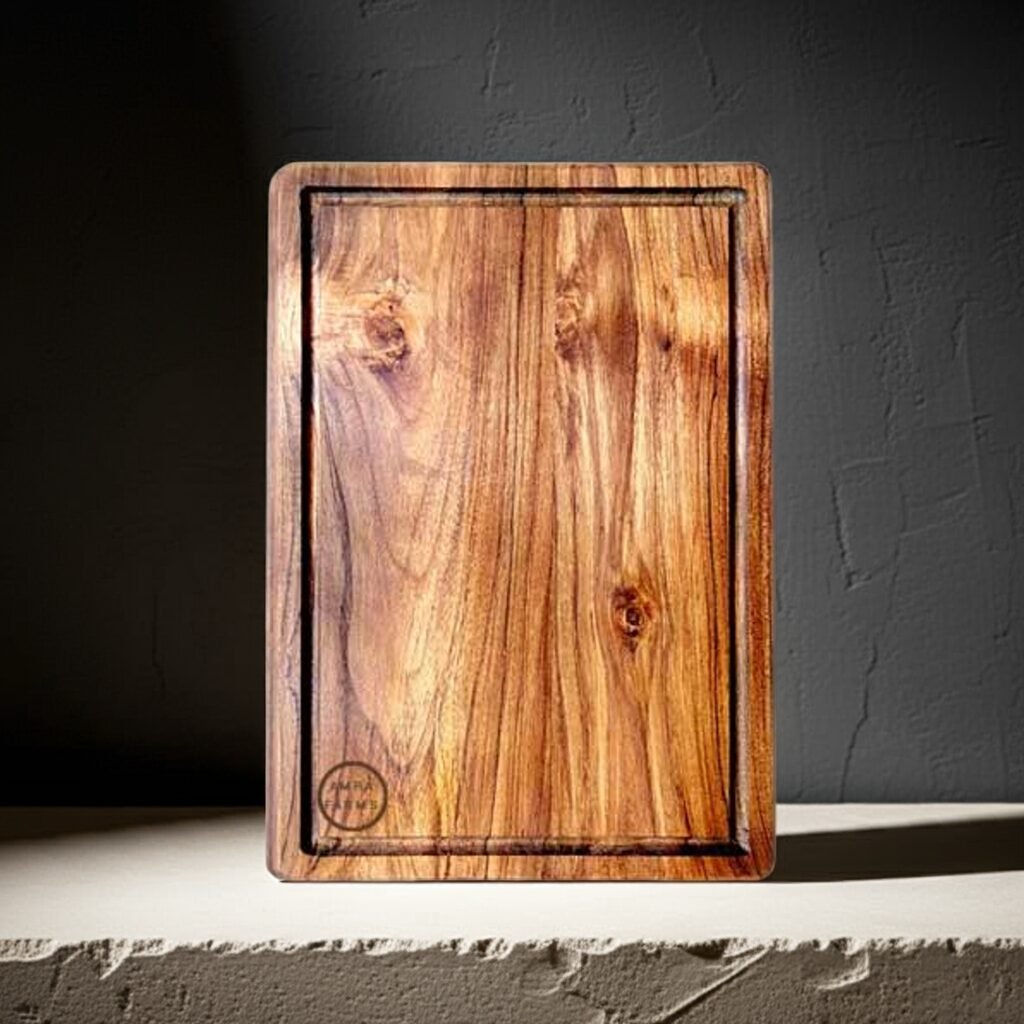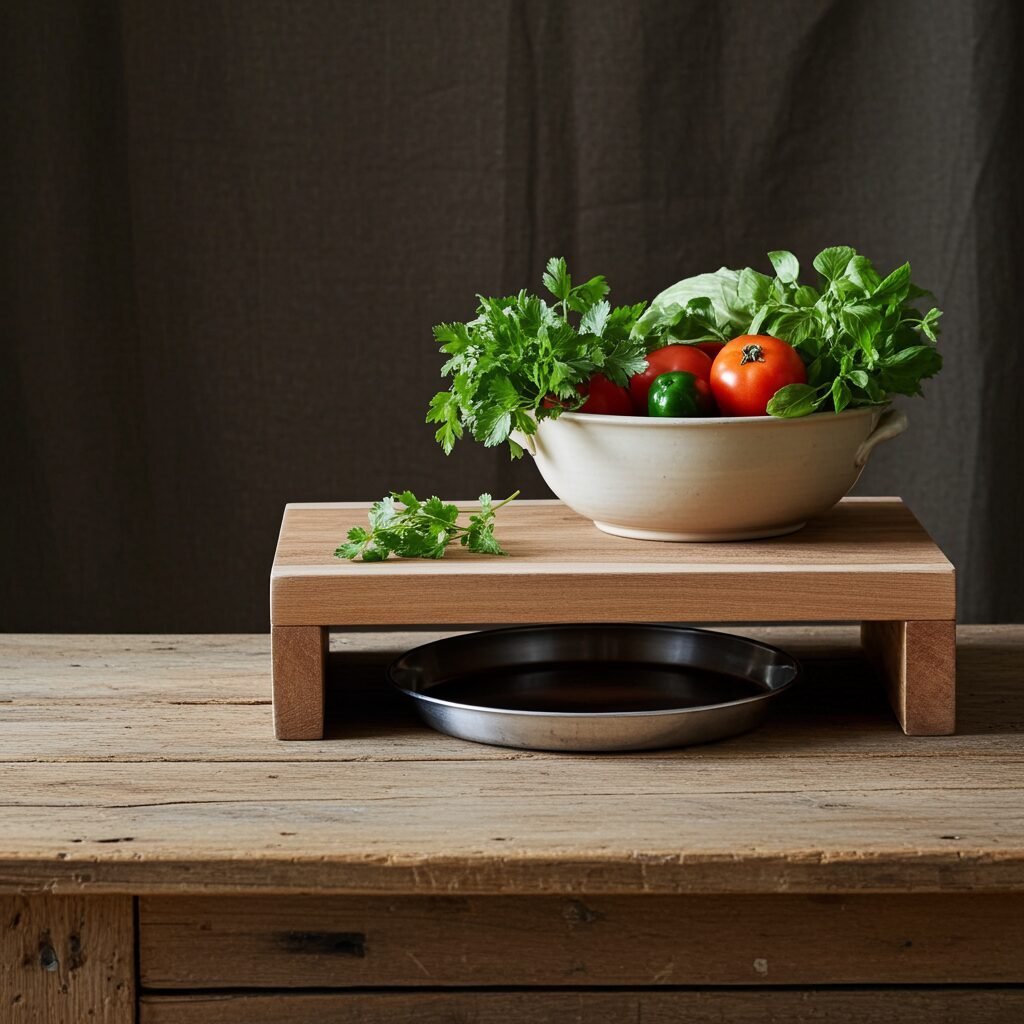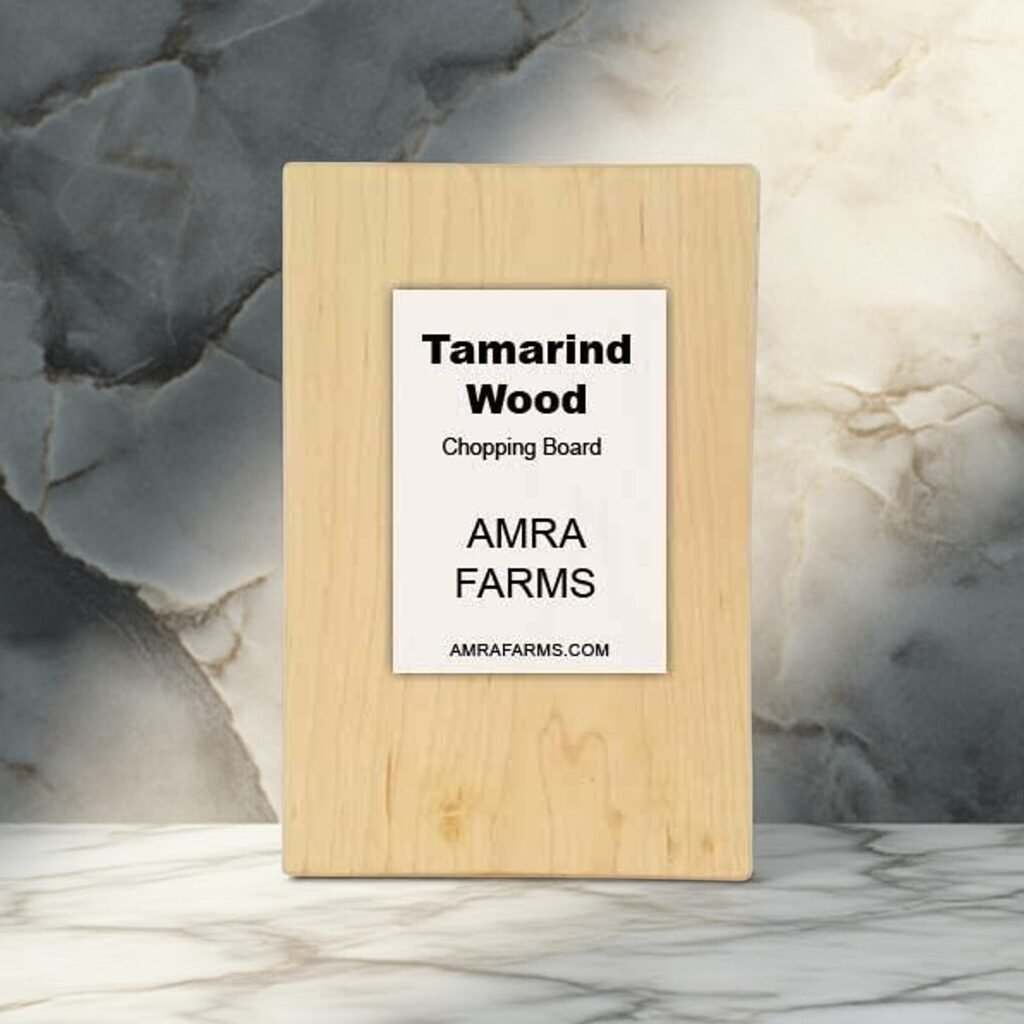Your cart is currently empty!
When to Replace Cutting Boards and Why?
When should I replace my cutting board?
Some of us have a cutting board which looks functional and only a few months old but looks terrible. And then there are some of us who have been using a board for a decade or so. We are unsure if our board needs changing. Replacing a new board which is less than a year old seems like an overkill but is it really needed? When exactly should we change our cutting boards? Let me explain.
Cutting boards don’t have a shelf life or how long they last. You need to know when to change them. There is no “Replace after 3 years” rule in a cutting board. Some people use a cutting board sparingly and these boards may last a decade. Some of us cook daily and are into chopping, cutting, mincing food every single day, often 3 times a day. Our boards often wear out in a few months. The key to hanging your board is in observing the performance of your cutting board.






In general, if you see any of the following characteristics on your cutting board, it is an indication to change your board.
- Deep grooves, cracks or warping: Wooden chopping boards that warp are often not comfortable to use. They slide and move while cutting vegetables and meat and may cause accidents. Plastic boards too warp after a period of time, especially when you use a dishwasher and they go through the hot and cold water cycle. Wooden chopping boards that crack will often harbour bacteria in the board which will contaminate food. Deep grooves are common in plastic and wooden cutting boards. Wooden boards should be resurfaced if possible. Plastic boards should be replaced if they have deep grooves.
- Persistent stains or odour: Odour in plastic and wooden boards, especially after cutting meat, is common. But if they are persistent and cannot be removed even with all the common practices, it is time to replace your board. Wooden cutting boards are often antibacterial and are odour resistant. If your boards are smelly, it’s probably because they have cracks or deep knife grooves. Resurface your wooden boards and oil them well. If there are no cracks, you can use them, else, it’s time to replace your wooden chopping boards too. Try to use a mix of vinegar and baking soda to treat your boards. Use a soft bristle brush to remove the stains. If the stains are persistent on plastic boards, it’s advisable to replace them immediately.
- Mould and mildew: Mould and mildew indicate contamination. You can clean the board with a mix of vinegar and baking soda. You can also use salt and lemon scrubs to remove minor contamination. A diluted hydrogen peroxide solution also works in some cases. In most cases, mould and mildew can be cleaned. It is important to clean them before using them though. In extreme cases, you should replace your board, especially when there is a rancid smell from the board even after cleaning. Mould and mildew is common in wooden and plastic boards. Steel and glass boards do not have these problems.
- Degradation: Plastic, wood and bamboo are prone to degradation over time. While each of the materials has its own lifespan, they eventually do wear out. Plastic boards are usually not repairable. They will last anywhere between 1 and 5 years. Depending on the material used, degradation happens sooner or later. HDPE boards if used sparingly will last 3-5 years. Boards which are poorly maintained, left in direct sun etc. will degrade in a year. Wooden boards will last 7-10 years if cared for well. It will lose its natural oil content, become dry and crack after 8-10 years. Bamboo boards will start to fizzle out and fibres will detach itself creating a fuzzy look in 3-4 years. Degradation of all material is natural. Once that happens, you will eventually have to replace your cutting boards.
How can I tell if my cutting board has bacteria on it?
It is difficult to say if a cutting board has bacteria on it. Bacteria can only be detected with a microscope but there are clear signs when your boards are contaminated enough to make it noticeable.
- Deep grooves and cracks: Wooden boards are usually a lot more resistant than plastic and bamboo boards to bacteria. But if you see deep grooves on your cutting boards or cracks on your wooden board, there are high chances of food particles getting accumulated in them creating a hospitable place for them to breed.
- Persistent odour: Odour is a clear indication of bacterial growth in your cutting boards. If you experience any form of odour, they indicate bacterial growth. Clean your board thoroughly with vinegar and baking soda. You can also use diluted hydrogen peroxide solution to clean your board if you doubt bacterial growth.
- Stains: Stains are not always indicative of bacterial growth. Some foods leave heavy stains on the cutting board surface. Foods like raw banana, blueberries and beetroot are known to leave stains. These stains will remain on the board for long. But then there are stains which are not caused by these foods but because of accumulated food in knife scratches which eventually become dark due to bacterial growth. When you do see these dark scratch marks, take measures to deep clean your board. If cleaning does not help, try resurfacing your boards. Eventually when nothing else works, discard the boards and replace it with a new one.
Eventually all boards will need replacement. Knowing when is important. Excessive wear on board is a clear sign that your board needs to be replaced.
Categories
Products
- Buy Wooden Vegetable Cutting Boards Online
- Wooden Kitchen Accessories Tools
- Buy Butcher Block & Meat Cutting Boards Online
- Buy Premium Edge Grain Single Block Wooden Chopping Boards Online
- Buy The Best Teak Wood Chopping Boards Online In India
- Buy Wooden Cutting Boards With Handle For Kitchen
- Mango Wood Chopping Boards
- Single Block Chopping Boards
- Tamarind Wood Chopping Boards
- Wooden Platter Boards , Pizza Platters & Charcuterie Boards
Tamarind Wood Cutting Board Teak Wood Cutting board
